Uniform Layout
Learn creating a Uniform Layoutusing Windows App SDK with this Tutorial
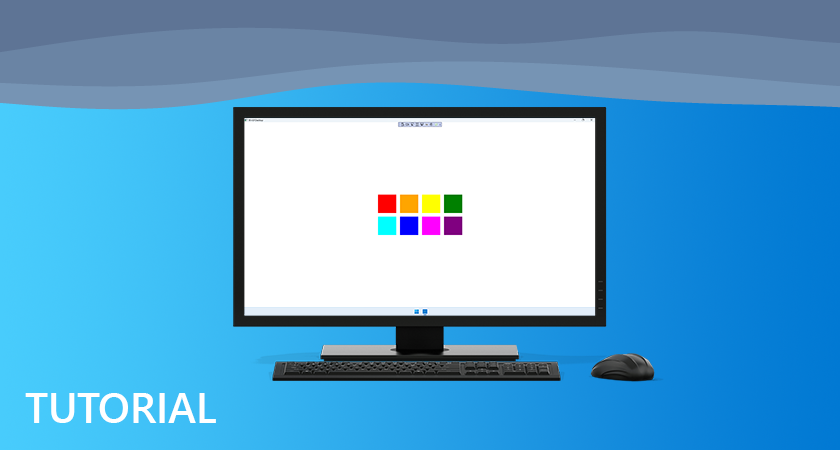
Uniform Layout shows how to create a Uniform Panel using Windows App SDK.
Step 1
Follow Setup and Start on how to get Setup and Install what you need for Visual Studio 2022 and Windows App SDK.



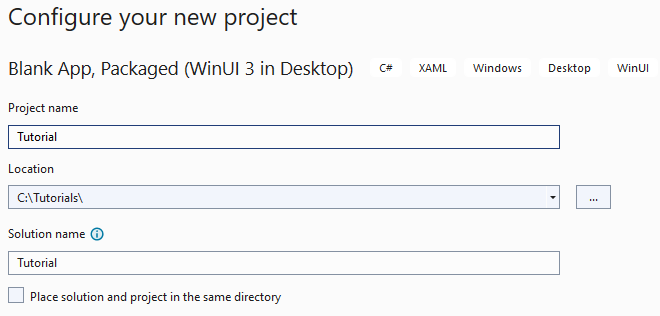
Step 2
Then in Visual Studio within Solution Explorer for the Solution, right click on the Project shown below the Solution and then select Add then New Item…
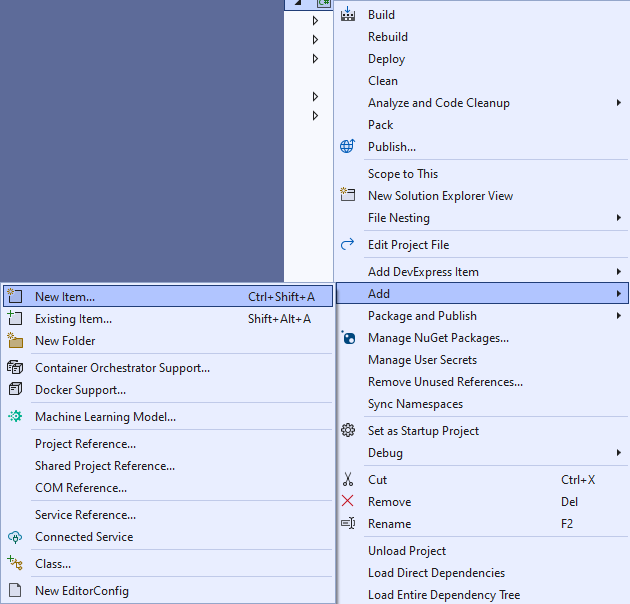
Step 3
Then in Add New Item from the C# Items list, select Code and then select Code File from the list next to this, then type in the name of UniformPanel.cs and then Click on Add.
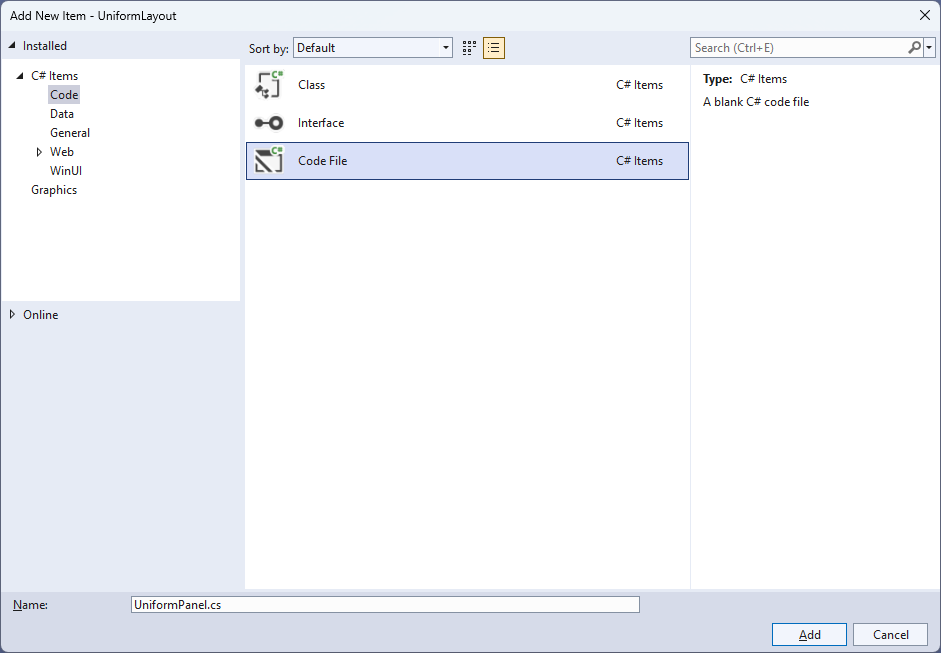
Step 4
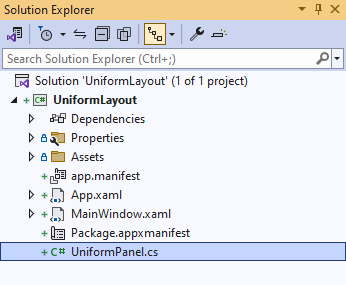
Step 5
You will now be in the View for the Code of UniformPanel.cs, within this type the following Code:
using Microsoft.UI.Xaml;
using Microsoft.UI.Xaml.Controls;
using System;
using Windows.Foundation;
namespace UniformLayout;
public class UniformPanel : Panel
{
// Members, Dependency Properties & Properties
// Update Computed Values Method
// Measure Override Method
// Arrange Override Method
}
There are using statements for the User Control, a namespace for UniformLayout
along with a class of UniformPanel that will represent the User Control and Inherits
the class of Panel.
Step 6
Then in the namespace of UniformLayout in the class of UniformPanel after the Comment
of // Members, Dependency Properties & Properties type the following Members, Dependency Properties and Properties
private int _columns;
private int _rows;
public static readonly DependencyProperty ColumnsProperty =
DependencyProperty.Register(nameof(Columns), typeof(int),
typeof(UniformPanel), new PropertyMetadata(0));
public static readonly DependencyProperty FirstColumnProperty =
DependencyProperty.Register(nameof(FirstColumn), typeof(int),
typeof(UniformPanel), new PropertyMetadata(0));
public static readonly DependencyProperty RowsProperty =
DependencyProperty.Register(nameof(Rows), typeof(int),
typeof(UniformPanel), new PropertyMetadata(0));
public int Columns
{
get { return (int)GetValue(ColumnsProperty); }
set { SetValue(ColumnsProperty, value); }
}
public int FirstColumn
{
get { return (int)GetValue(FirstColumnProperty); }
set { SetValue(FirstColumnProperty, value); }
}
public int Rows
{
get { return (int)GetValue(RowsProperty); }
set { SetValue(RowsProperty, value); }
}
The Members will be used to store values for the User Control and the Dependency Properties or Properties for the User Control can be customised for the Uniform Panel.
Step 7
While still in the namespace of UniformLayout in the class of UniformPanel after the Comment
of // Update Computed Values Method type the following Method:
private void UpdateComputedValues()
{
_columns = Columns;
_rows = Rows;
if (FirstColumn >= _columns) FirstColumn = 0;
if ((_rows == 0) || (_columns == 0))
{
var row = 0;
var column = 0;
var count = Children.Count;
while (column < count)
{
var element = Children[column];
if (element.Visibility != Visibility.Collapsed)
{
row++;
}
column++;
}
if (row == 0) row = 1;
if (_rows == 0)
{
if (_columns > 0)
{
_rows = (row + FirstColumn + (_columns - 1)) / _columns;
}
else
{
_rows = (int)Math.Sqrt(row);
if ((_rows * _rows) < row)
{
_rows++;
}
_columns = _rows;
}
}
else if (_columns == 0)
{
_columns = (row + (_rows - 1)) / _rows;
}
}
}
The Method of UpdateComputedValues calculates the Rows and Columns and adjusts the layout accordingly based on the
Visibility of the elements to produce the correct number of Rows and Columns needed by the User Control.
Step 8
While still in the namespace of UniformLayout in the class of UniformPanel after the Comment
of // Measure Override Method type the following Method:
protected override Size MeasureOverride(Size availableSize)
{
UpdateComputedValues();
var available = new Size(
availableSize.Width / _columns,
availableSize.Height / _rows);
double width = 0.0;
double height = 0.0;
int value = 0;
int count = Children.Count;
while (value < count)
{
var element = Children[value];
element.Measure(available);
var desiredSize = element.DesiredSize;
if (width < desiredSize.Width)
width = desiredSize.Width;
if (height < desiredSize.Height)
height = desiredSize.Height;
value++;
}
return new Size(width * _columns, height * _rows);
}
The Method of MeasureOverride will Measure the Size required to layout the Children of the Panel
using the Method of UpdateComputedValues to respond to changes that require the layout to be updated and arranged accordingly for the User Control.
Step 9
While still in the namespace of UniformLayout in the class of UniformPanel after the Comment
of // Arrange Override Method type the following Method:
protected override Size ArrangeOverride(Size finalSize)
{
var rect = new Rect(0.0, 0.0,
finalSize.Width / _columns, finalSize.Height / _rows);
double width = rect.Width;
double value = finalSize.Width - 1.0;
rect.X += rect.Width * FirstColumn;
foreach (var element in Children)
{
element.Arrange(rect);
if (element.Visibility != Visibility.Collapsed)
{
rect.X += width;
if (rect.X >= value)
{
rect.Y += rect.Height;
rect.X = 0.0;
}
}
}
return finalSize;
}
The Method of ArrangeOverride will position the Children of the Panel for the User Control.
Step 10
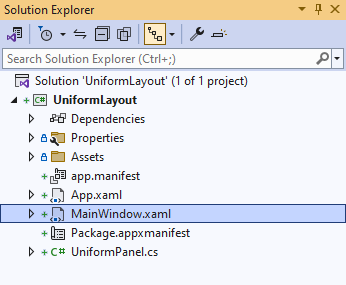
Step 11
In the XAML for MainWindow.xaml there will be some XAML for a StackPanel, this should be Removed:
<StackPanel Orientation="Horizontal"
HorizontalAlignment="Center" VerticalAlignment="Center">
<Button x:Name="myButton" Click="myButton_Click">Click Me</Button>
</StackPanel>
Step 12
While still in the XAML for MainWindow.xaml above </Window>, type in the following XAML:
<local:UniformPanel Columns="4"
HorizontalAlignment="Center" VerticalAlignment="Center">
<Rectangle Width="100" Height="100" Fill="Red" Margin="10"/>
<Rectangle Width="100" Height="100" Fill="Orange"/>
<Rectangle Width="100" Height="100" Fill="Yellow"/>
<Rectangle Width="100" Height="100" Fill="Green"/>
<Rectangle Width="100" Height="100" Fill="Cyan"/>
<Rectangle Width="100" Height="100" Fill="Blue"/>
<Rectangle Width="100" Height="100" Fill="Magenta"/>
<Rectangle Width="100" Height="100" Fill="Purple"/>
</local:UniformPanel>
This XAML contains the User Control of UniformPanel with Columns set to 4
and the Children containing Controls for a Rectangle in various colours.
Step 13
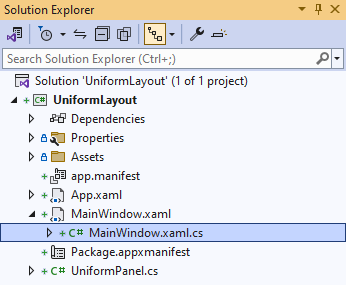
Step 14
In the Code for MainWindow.xaml.cs there be a Method of myButton_Click(...) this should be Removed by removing the following:
private void myButton_Click(object sender, RoutedEventArgs e)
{
myButton.Content = "Clicked";
}
Step 15

Step 16
Once running you will see the Uniform Panel displayed.
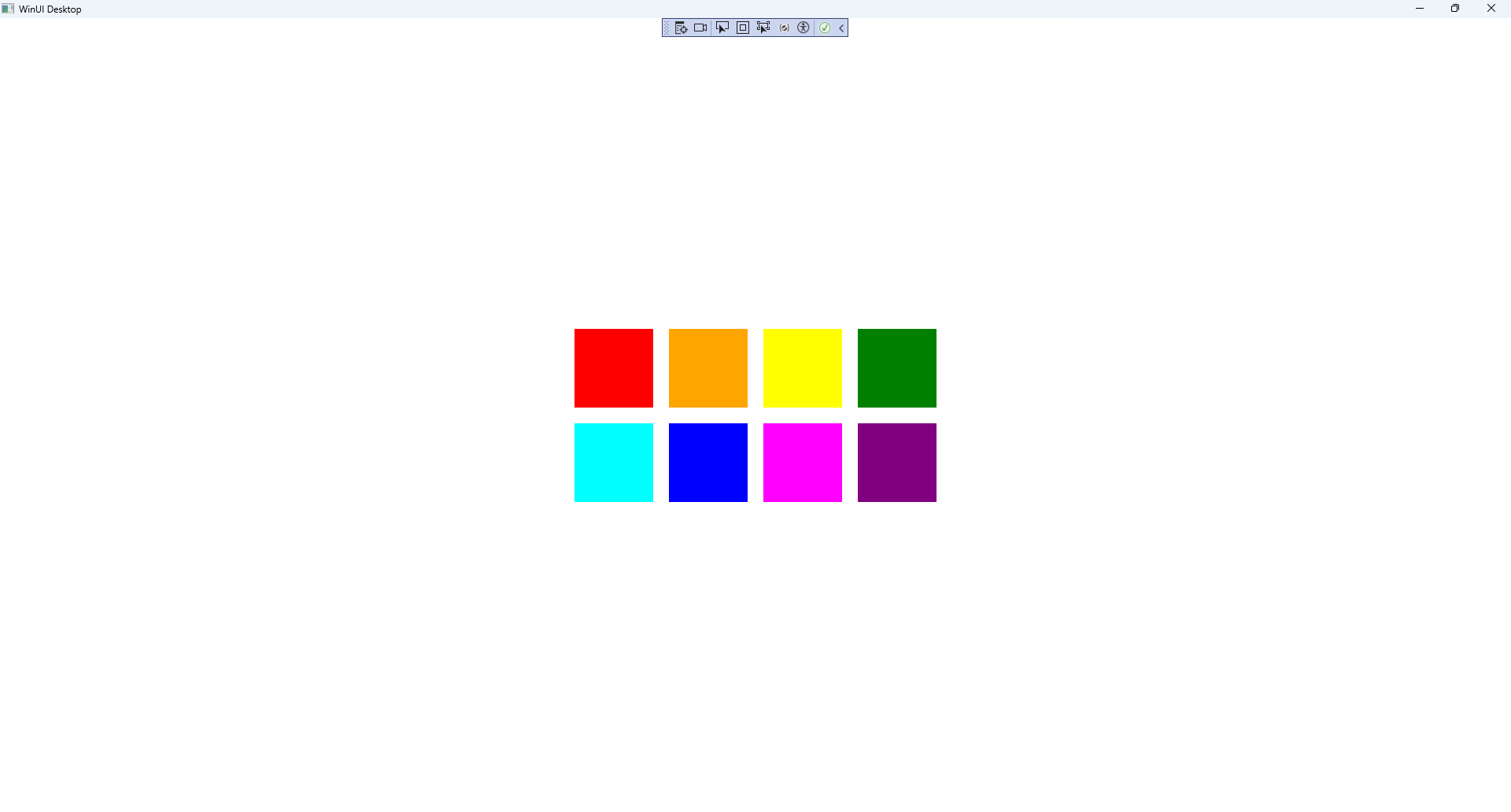
Step 17
